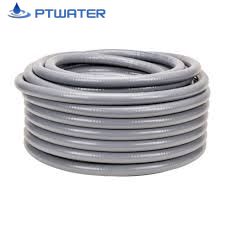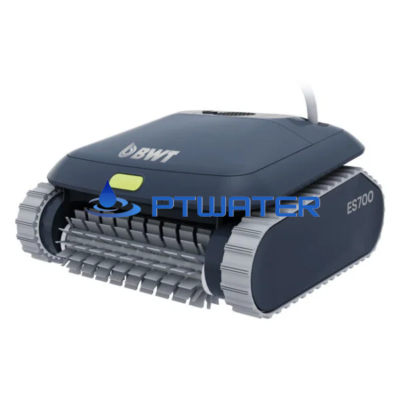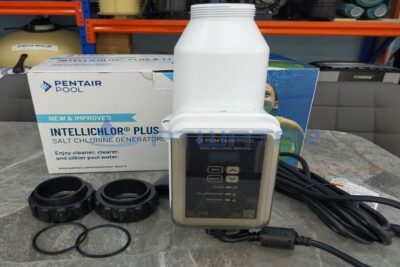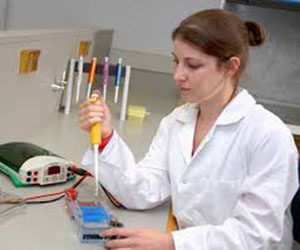



Alkaline wastewater is common in the chemical and textile industries.Highly alkaline wastewater must be treated before discharge into other water sources or transferred to biological treatment.
Balancing methods are as follows:
v Carbon dioxide carbon dioxide
The principle of this method is aeration of CO2 into waste water. CO2 is dissolved in water and it reacts with water to form carbonic acid H2CO3.When in alkaline wastewater, this acid reacts with the alkaline (eg wastewater containing NaOH)
C O 2 + H 2 O → H 2 CO 3
H 2 CO 3 + 2Na OH → N a 2 CO 3 + 2 H 2 O
If H 2 C O 3 d u : N a 2 CO 3 + H 2 CO 3 → 2 N a H C O 3
 |
| Determine the concentration required |
Carbon dioxide can be gaseous in a pure CO2 flask. But if pure CO2 is used, the cost of treating wastewater is high. Consequently, one must utilize the available waste CO2 in the plant.
The cheapest CO2 available and available at any plant is CO2 in the flue gases of boilers – CO2 accounts for about 14%.
The gas pipeline arrives at the treatment plant, a gas filter separates the sulfur and coal dust before it enters the neutral tank. In addition, the distribution of gas to gas is diffused in the waste water (burning, adsorption …) to avoid causing odors for the next process.
In addition, the CO2 source of waste can be utilized as the CO2 source of alcoholic fermentation equipment, the CO2 of the lime kilns. …
The combination of wastewater treatment and waste gas treatment is the work of environmental treatment, and how effective and cost-effective it is to be concerned about technology.
v CO2 generation in alkaline wastewater
– Generation of CO2 by burning fossil fuels: This process is called submerged combustion and has been used to treat neutralized sewage before bioremediation. Here a system must work in a continuous manner including a vaporiser, a fire under the water contained in the evaporation tank, an air and gas mixing tank that forms a combustion mixture.
– Generation of CO2 by fermentation: Anaerobic fermentation or alkaline wastewater contains organic matter by acid-producing bacteria that reduce the pH of the environment.
Precipitation is the process of converting solutes into solutions based on the solubility of hydroxides or inorganic salts. The process is used to extract the metals Zn, Cd, Cr, Cu, Pb, Mn, Hg … from waste water in the form of precipitated metal hydroxide M (OH) 2 or MS metal sulphide.
Metal Ca is Ca (OH) 2 and NaS lime The reaction occurs as follows:
M 2 + + 2O H – = M (OH ) 2
N a 2 S + M S O 4 = M S + Na 2 SO 4
M 2 + is kim l o n the heavy.
The solubility of the M (OH) 2 and MS depends on the pH.
The majority of MSs have a reduced solubility when the pH increases to the majority of M (OH) 2
has a minimum solubility at a certain pH.
v Wastewater containing sulfuric acid alkaline
This is the simplest neutralization method between alkali and acid. But costly to operate. If the wastewater contains acid, the reaction occurs as follows:
2 NaOH + H2SO4 ==> Na2SO4 + 2H2O
Similar to the method of treating acid-containing wastewater with caustic soda, this method has the disadvantage:
Small amount of neutralizing agent.
– The speed of response is high, the process occurs quickly resulting in high process efficiency. However, the cost of using neutralizing agents is often higher than that of CO2
– Concentrated acids are highly corrosive, making it difficult to store, transport and load acid in neutral tanks. Often these devices contain acid piping that is coated with a layer of acid-resistant material.
– When operating, it is easy to get out of the accident, toxic when stored.